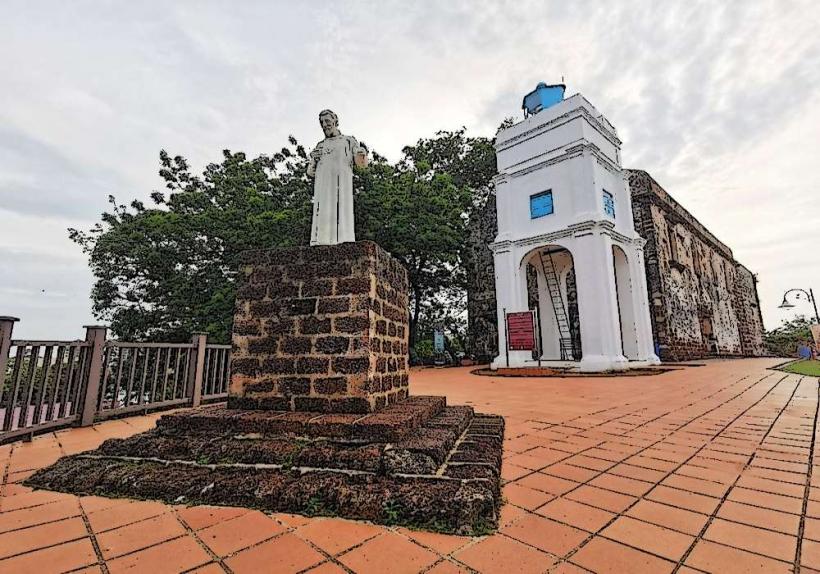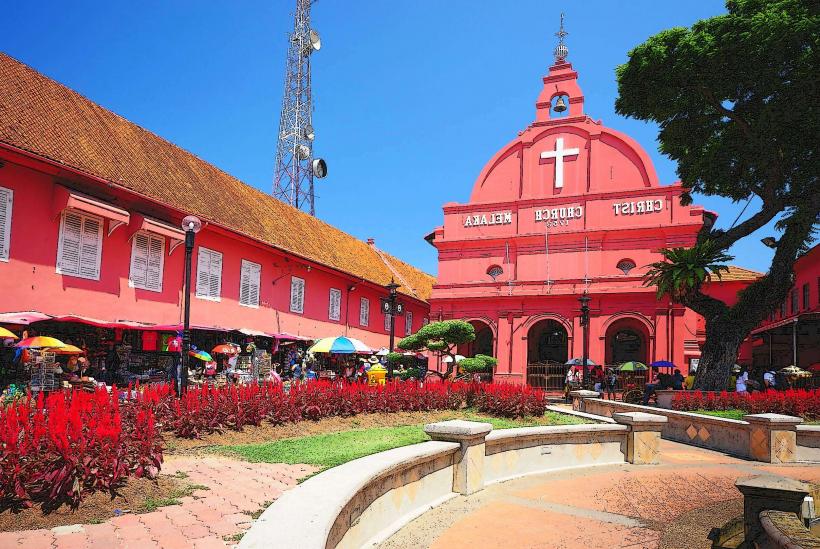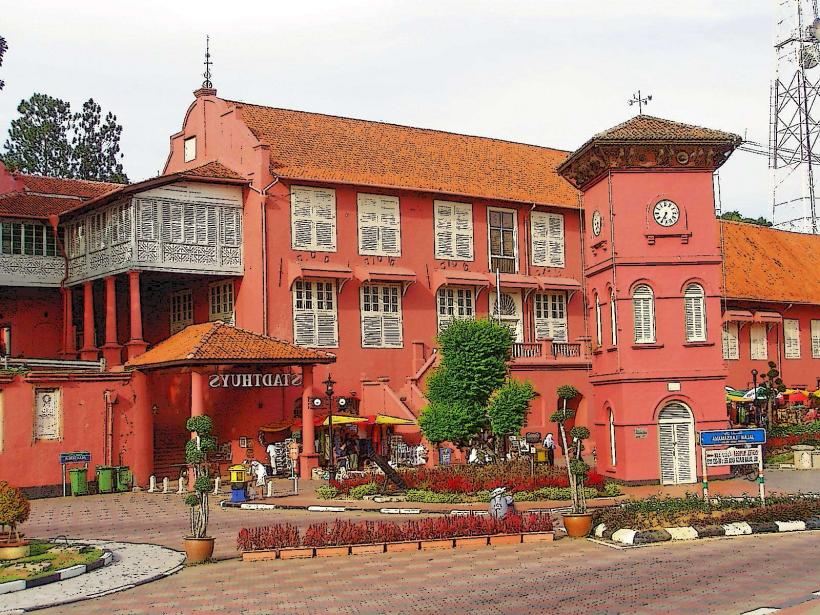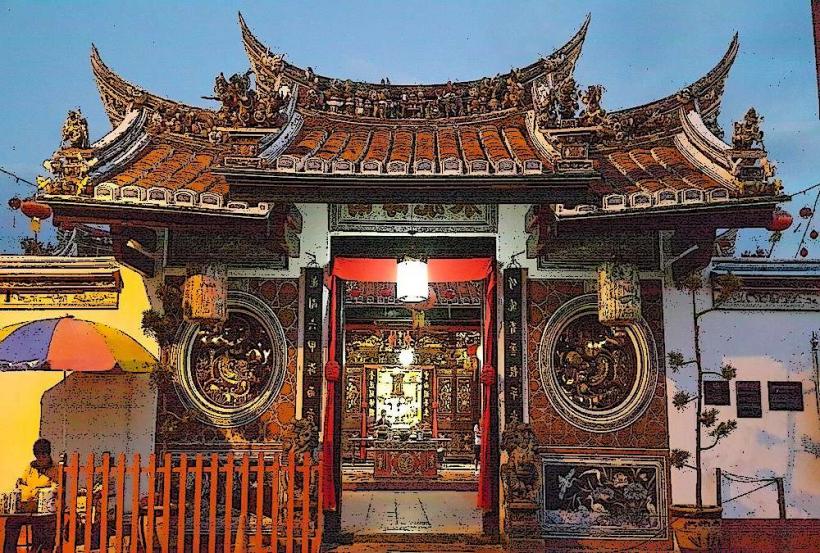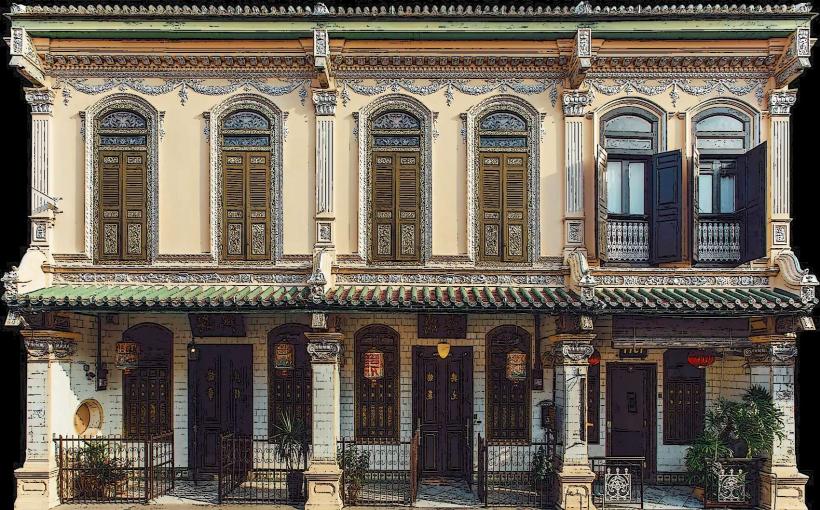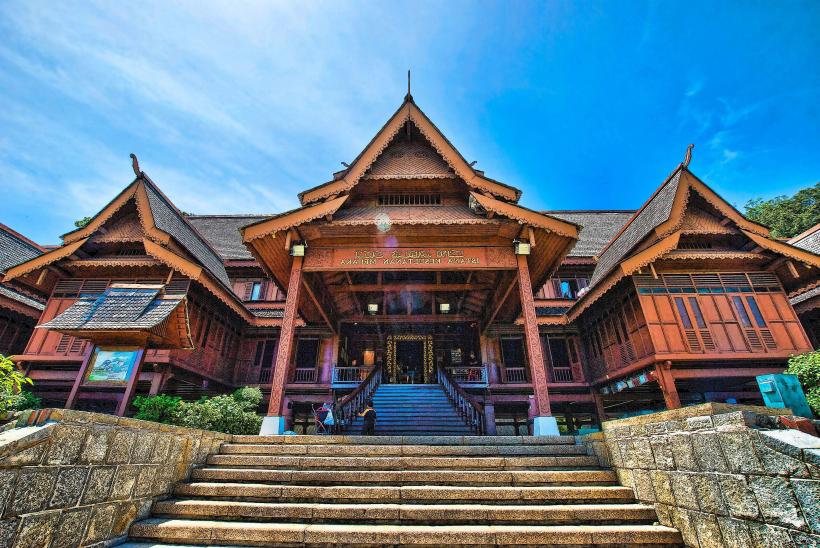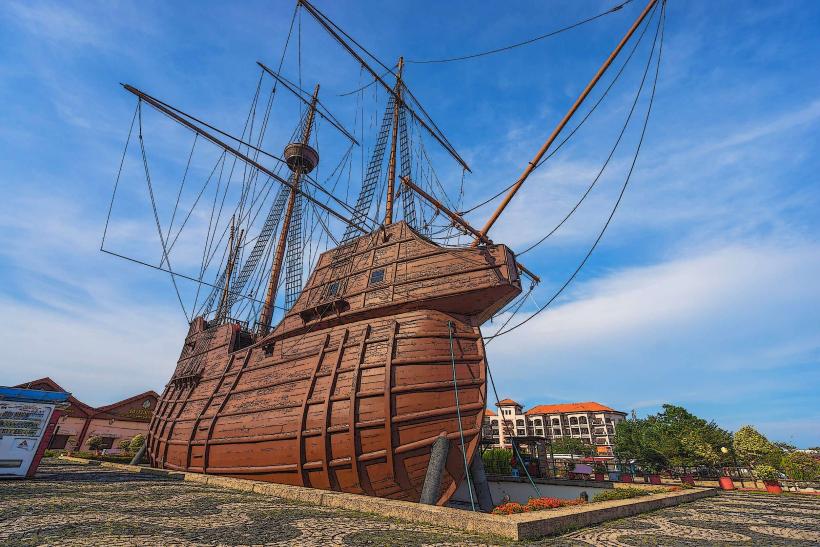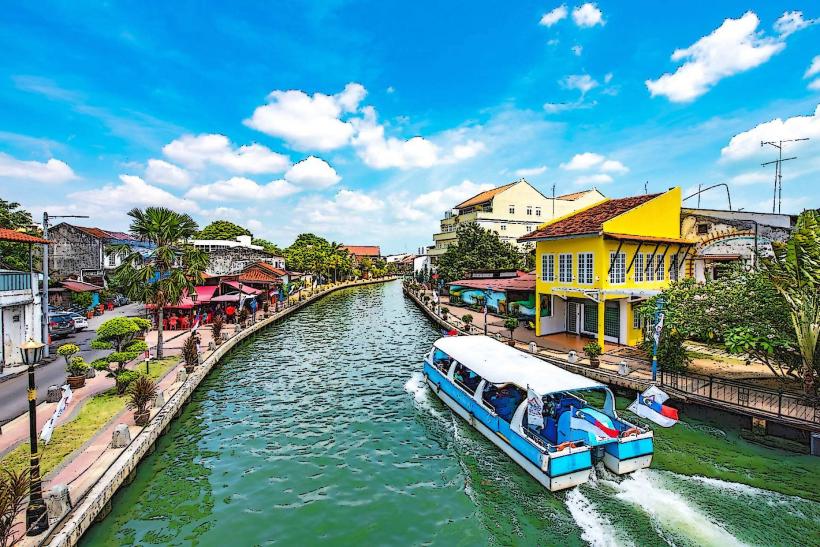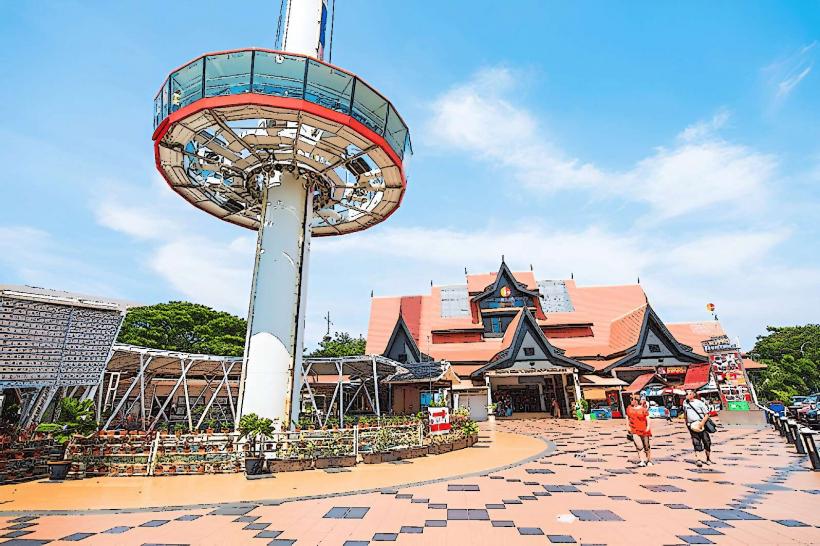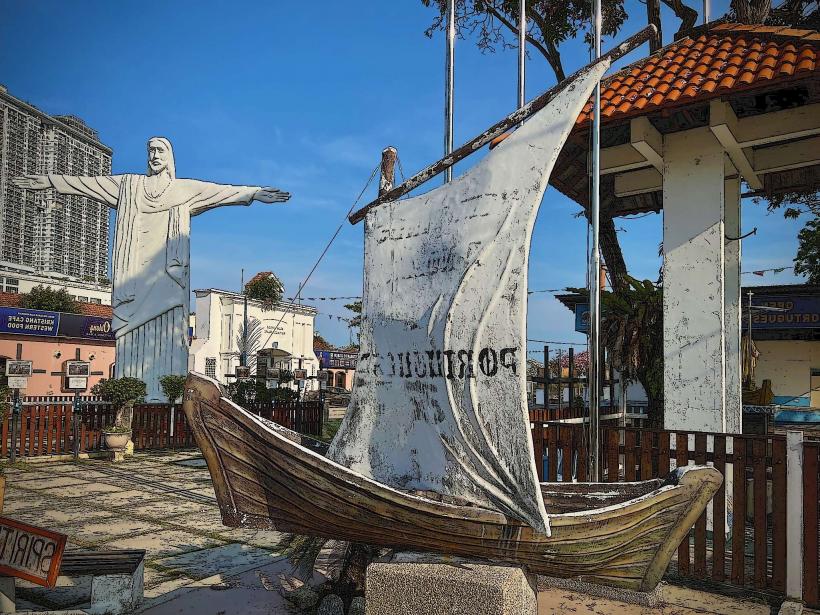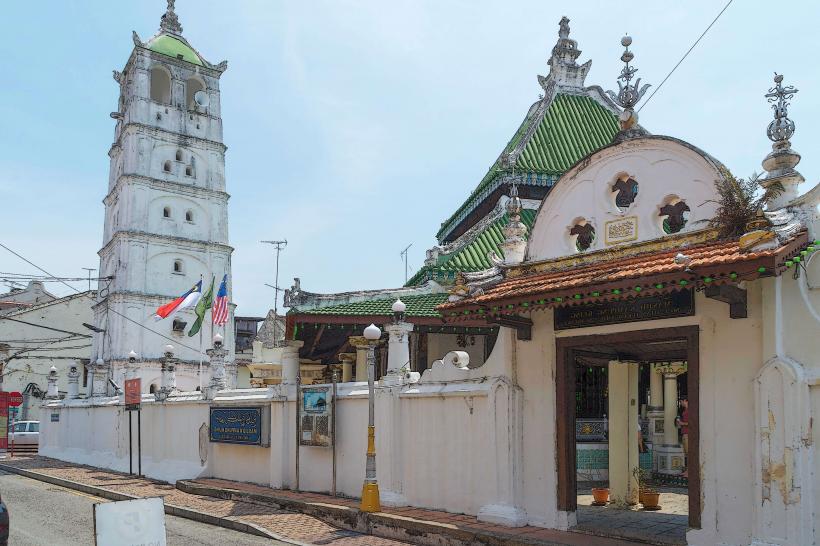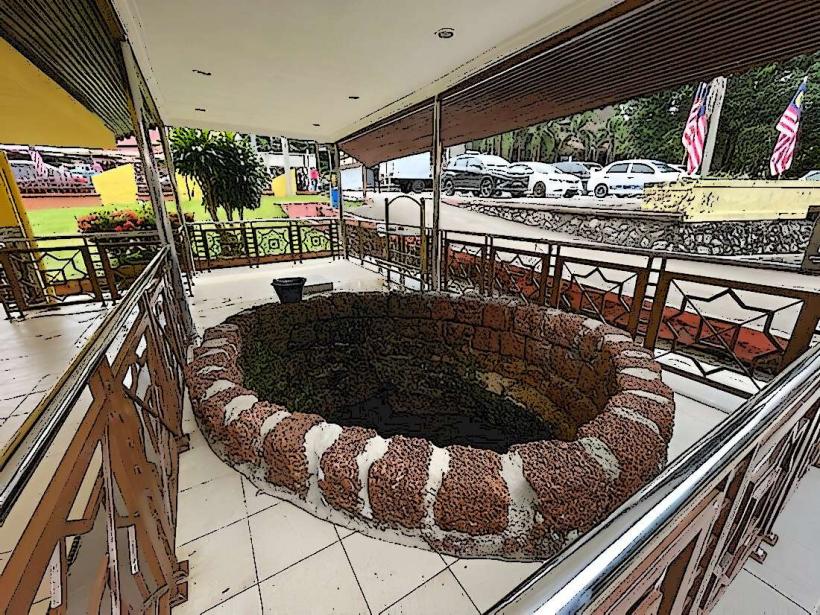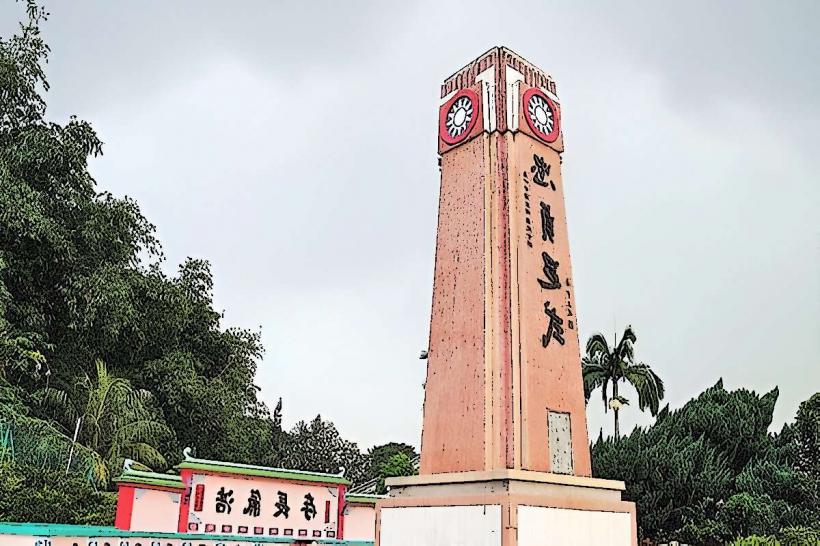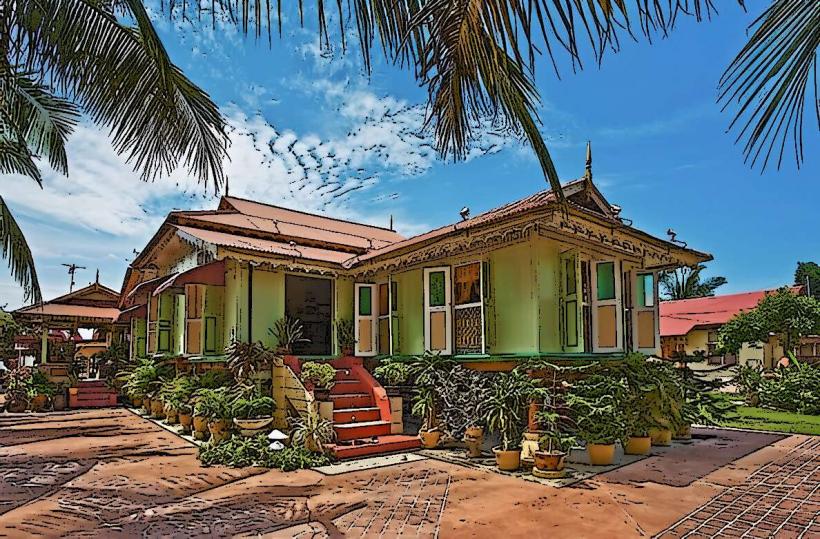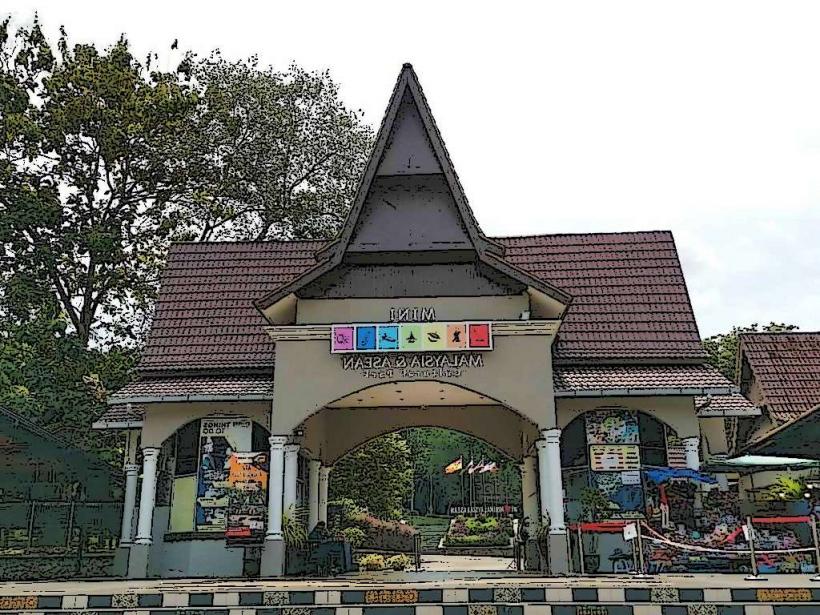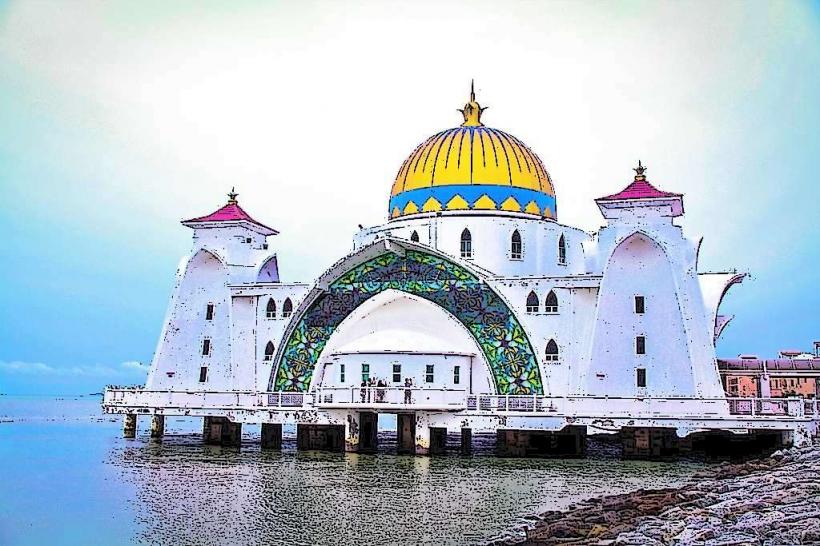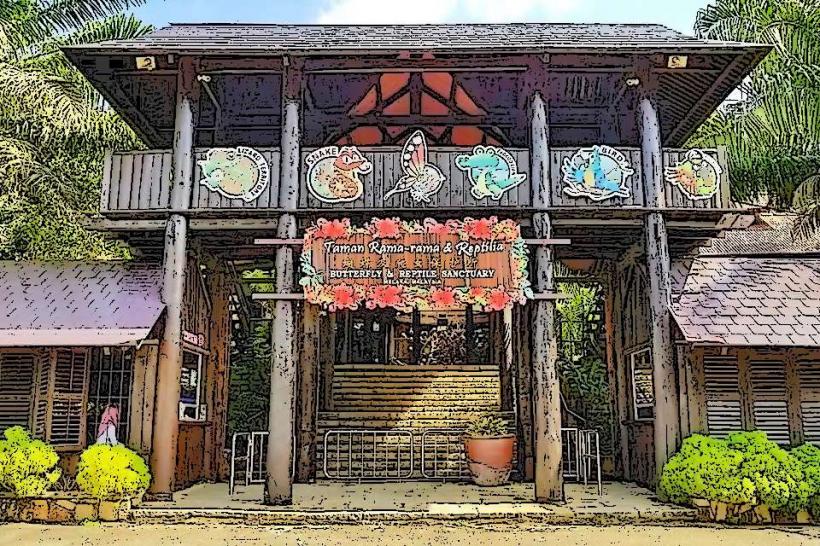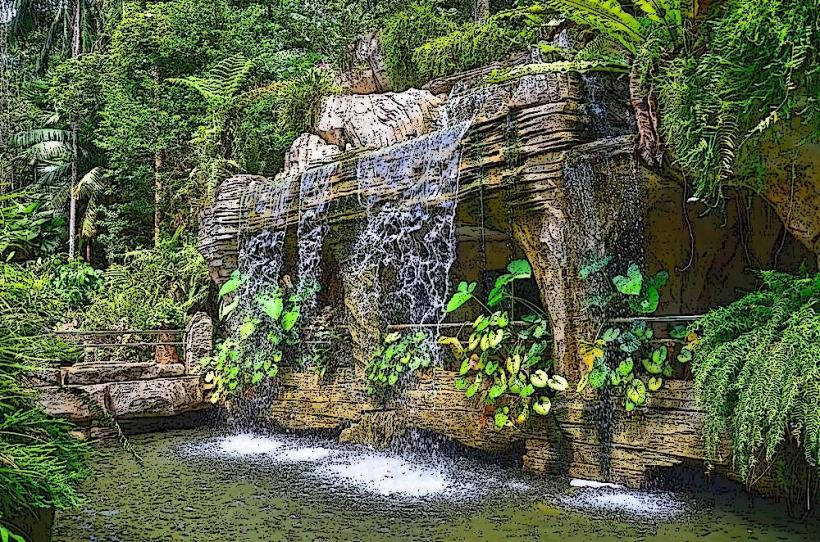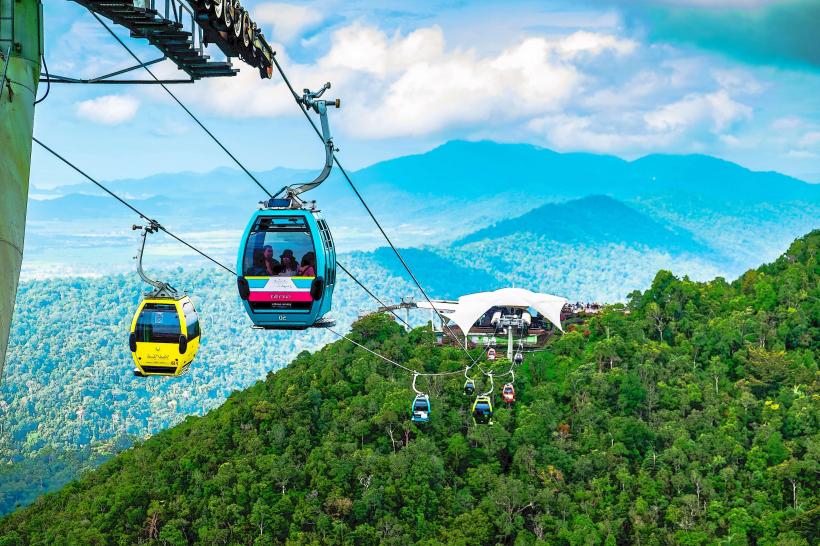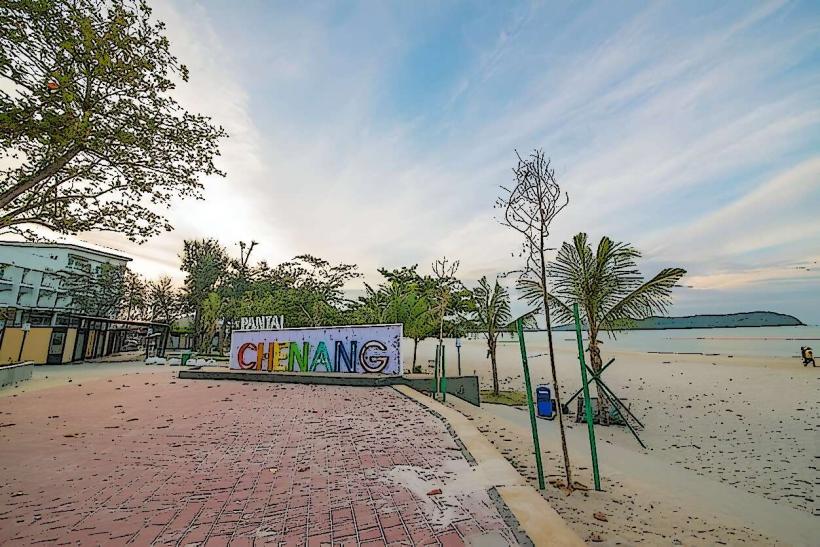Information
Landmark: Jonker StreetCity: Malacca
Country: Malaysia
Continent: Asia
Jonker Street (also known as Jalan Hang Jebat) is one of the most famous and vibrant streets in Malacca (Melaka), Malaysia. Located in the heart of the city’s Chinatown, Jonker Street is a cultural and historical hub, known for its lively atmosphere, colorful heritage buildings, and the fusion of Malay, Chinese, and Portuguese influences. The street has become a popular destination for both locals and tourists, offering a unique blend of history, food, shopping, and entertainment.
History:
Early Beginnings: Jonker Street was originally a residential area during the time of the Malacca Sultanate in the 15th century. However, it became a bustling commercial street after the arrival of Chinese settlers, particularly the Peranakans (Straits Chinese). The street got its name from the term “Jonker”, which refers to the Dutch term for “young man”—reflecting its association with the Dutch colonial period in Malacca.
Colonial Influence: The street grew in prominence during the Portuguese and Dutch colonial eras, where it was a center for trade and commerce. Many of the traditional shop houses along the street were built during these periods, and the architectural style reflects the fusion of Portuguese, Dutch, and Chinese design elements.
Modern Development: In recent decades, Jonker Street has transformed into a major tourist attraction. It is a focal point for Malacca’s rich multicultural heritage, with the street and its surroundings undergoing revitalization efforts to preserve the historic buildings while adding modern attractions and facilities.
Key Attractions:
Heritage Buildings:
- Jonker Street is lined with historic shop houses that feature traditional Chinese architecture, with ornate wooden shutters, tiled roofs, and decorative motifs. The buildings are a mix of commercial and residential spaces, with many of them now housing shops, cafes, galleries, and museums.
- Some of the most notable buildings on the street are the Peranakan houses, with their distinctive Straits Chinese architecture. These homes often feature colorful tiles, intricate wood carvings, and decorative features that showcase the fusion of Chinese and Malay design influences.
Jonker Street Night Market:
- One of the main highlights of Jonker Street is the Jonker Street Night Market, held every Friday, Saturday, and Sunday evening. The market transforms the street into a lively and bustling scene, attracting both locals and tourists.
- The night market is known for its street food stalls, where visitors can sample a wide range of Malaysian and Chinese delicacies, including satay, dim sum, popiah (spring rolls), char kway teow, cendol, and various local desserts.
- In addition to food, the market offers a variety of handicrafts, souvenirs, clothing, antiques, and artworks. The atmosphere is vibrant and festive, with street performers, musicians, and artists adding to the charm of the market.
Traditional Shops and Souvenirs:
- Jonker Street is famous for its wide selection of traditional crafts, antiques, and souvenirs. Visitors can find items such as Chinese porcelain, batik fabrics, wooden carvings, jewelry, handmade pottery, and local artwork.
- The street is also home to several antique shops, where collectors and history enthusiasts can find rare collectibles from the Dutch and Portuguese colonial periods, as well as vintage Chinese goods.
Food and Culinary Delights:
- Jonker Street is a food lover’s paradise, offering a range of local and Chinese-influenced cuisine. Visitors can enjoy both traditional dishes and innovative street food creations.
- Some must-try dishes include chicken rice balls, satay celup (skewers of meat dipped in hot peanut sauce), Nyonya laksa (a spicy noodle soup), chendol (a sweet dessert made with shaved ice, coconut milk, and green jelly), and Nyonya kuih (traditional pastries).
- There are also traditional Chinese herbal tea shops that offer refreshing drinks and remedies, as well as local bakeries selling egg tarts and other pastries.
Temples and Historical Sites:
- Cheng Hoon Teng Temple: One of the oldest and most significant Chinese temples in Malaysia, Cheng Hoon Teng is located just off Jonker Street. The temple, built in the 17th century, is dedicated to the Chinese deities and serves as a place of worship for the Malacca Chinese community. The temple features beautiful intricate carvings and ceremonial halls.
- Kampung Kling Mosque: A short walk from Jonker Street, the Kampung Kling Mosque is one of the oldest mosques in Malacca. It showcases a unique blend of Islamic, Chinese, and Malay architectural styles and is a reflection of the multicultural heritage of the city.
- Jonker Gallery: This small gallery located along Jonker Street showcases local art and historical exhibitions. It provides visitors with an opportunity to learn about the culture, traditions, and art history of Malacca.
Historical Museums:
- There are several museums located around Jonker Street that showcase Malacca’s rich history and cultural diversity. Notable museums include:
- The Baba & Nyonya Heritage Museum: This museum is dedicated to the Peranakan culture, showcasing the unique blend of Chinese and Malay heritage. The museum displays furniture, artifacts, and traditional clothing used by the Straits Chinese (Baba-Nyonya) community.
- The Museum of Enduring Beauty: Located near Jonker Street, this museum provides a fascinating look into the traditional Chinese practices of beauty rituals, including foot-binding and other cultural practices.
Visitor Experience:
Shopping and Exploration: Jonker Street is a great place for shopping, especially for those interested in local crafts, antiques, and unique souvenirs. Visitors can wander through the narrow streets, admire the traditional architecture, and explore the many shops and galleries.
Cultural Immersion: Jonker Street offers an immersive experience into the multicultural heritage of Malacca. The mix of Chinese, Malay, and Portuguese influences is evident in the architecture, food, and culture. Visitors can experience firsthand the harmony of these different cultures in one street.
Night Market Vibes: The night market adds a special touch to Jonker Street, where visitors can enjoy delicious food, browse through vibrant stalls, and soak in the lively, festive atmosphere. It's a great place to try local delicacies and shop for unique items, especially when the weather is cooler in the evening.
Nearby Attractions:
Red Square (Dutch Square): Located a short walk away, Dutch Square is home to some of Malacca’s most iconic colonial-era buildings, including Christ Church, the Stadthuys, and the Clock Tower.
A Famosa: The ruins of A Famosa, a Portuguese fortress, are located just outside the Dutch Square and are one of the oldest European structures in Southeast Asia.
St. Paul’s Hill: Visitors can take a short walk to St. Paul’s Hill, which offers a great view of the city and features the ruins of St. Paul’s Church, a historical Portuguese church.
Conclusion:
Jonker Street is an essential destination for anyone visiting Malacca. Its blend of historical architecture, vibrant culture, and delicious food makes it a fascinating place to explore. Whether you are shopping for souvenirs, savoring local dishes, or soaking in the rich history of the region, Jonker Street offers a memorable and immersive experience that reflects the essence of Malacca’s multicultural heritage.


